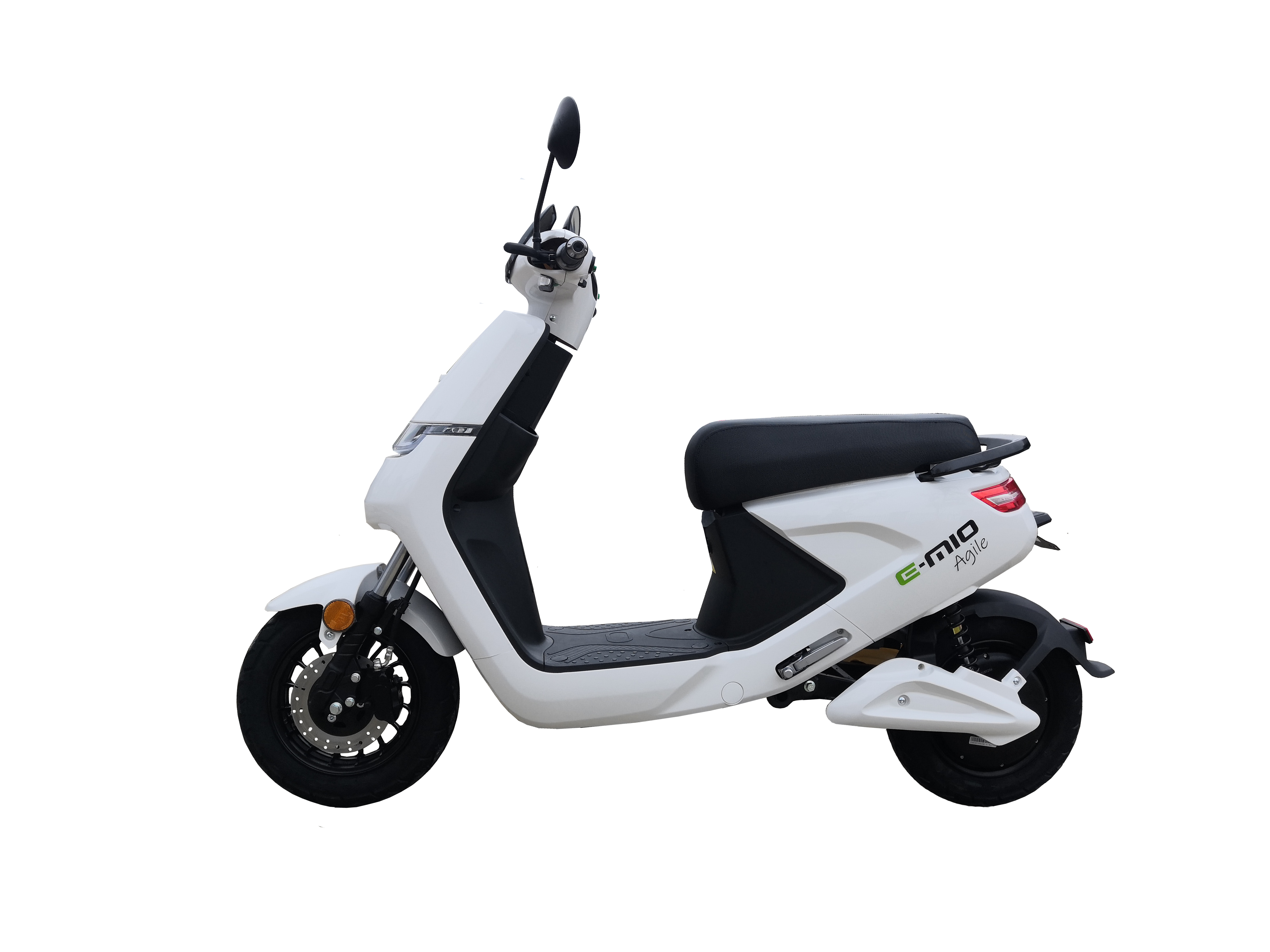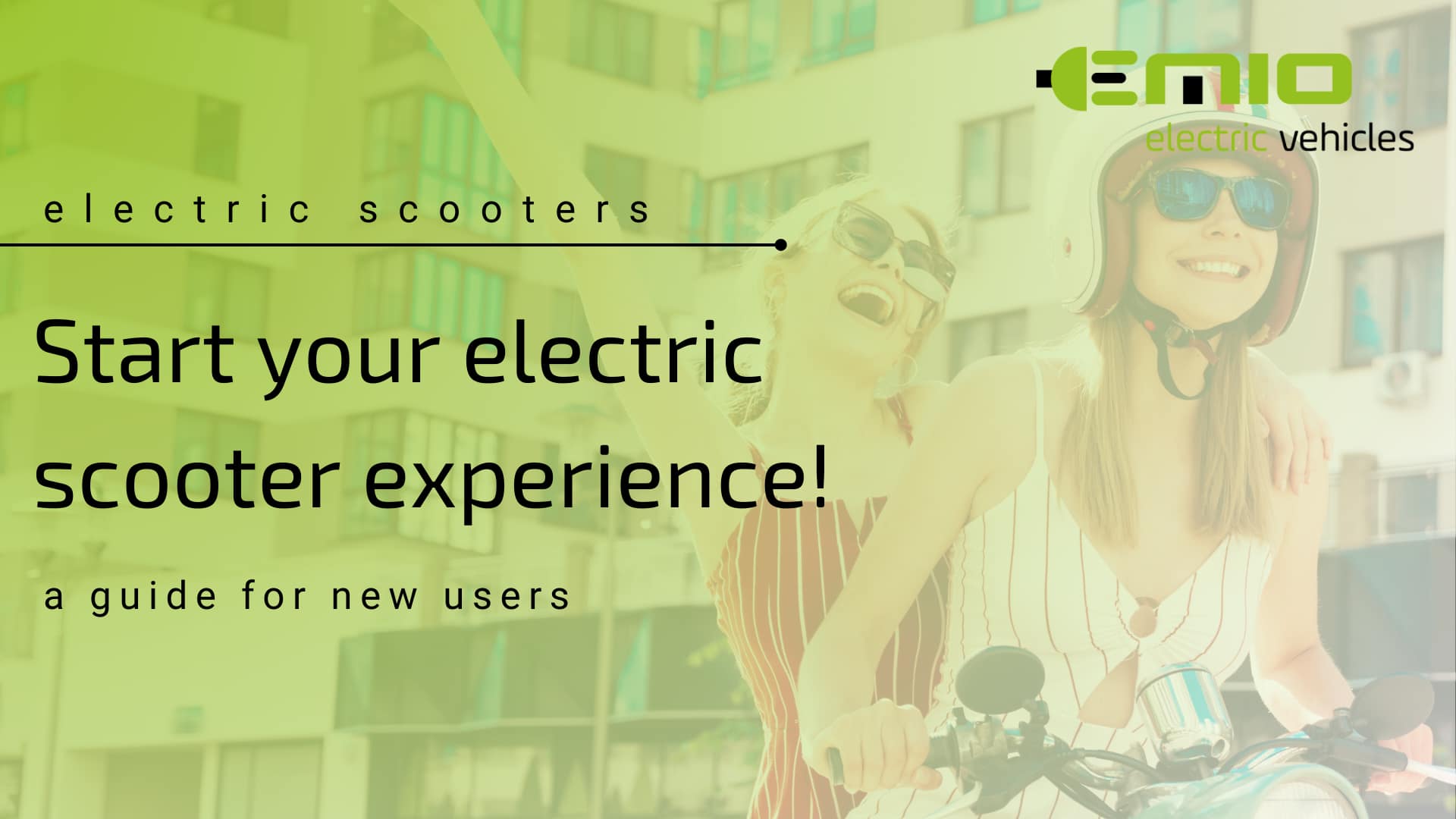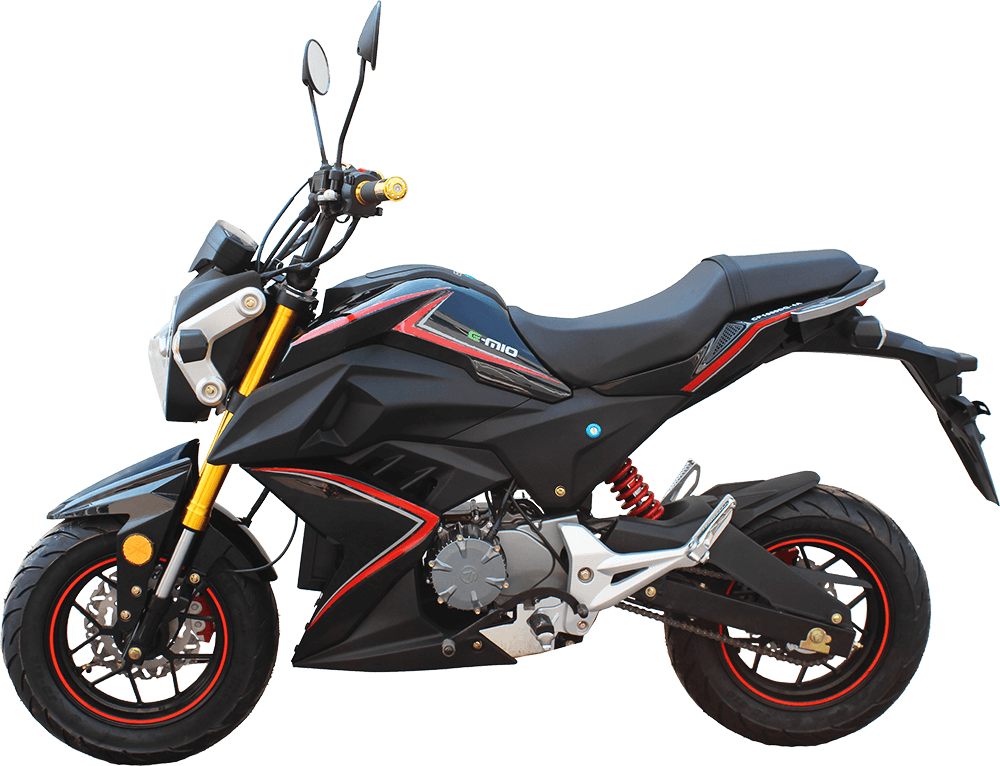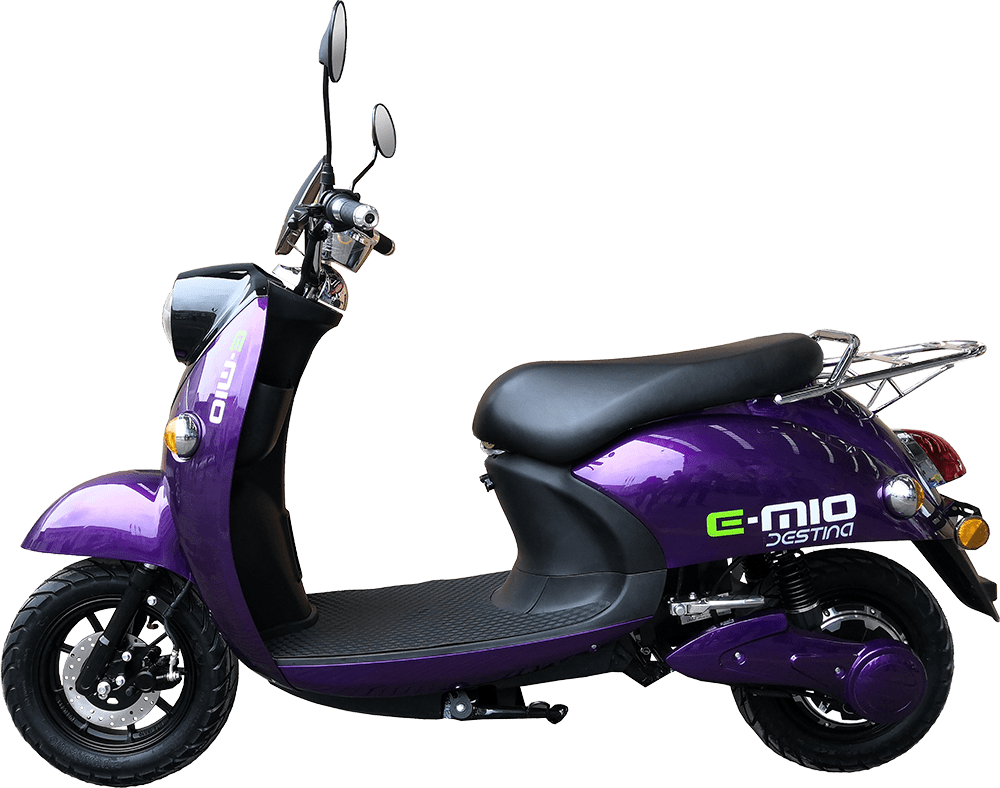Electric scooters are becoming increasingly popular. Users appreciate this means of transport for their ability to get around town quickly and avoid traffic jams, for their compact size allowing them to be parked anywhere, for their low running costs, as well as for their zero-emission and therefore environmentally friendly character. In the following article, you will find out what you need to start your adventure with an electric scooter. Find out about the necessary licences, clothing or vehicle registration formalities. Learn below how to start your electric scooter adventure!
Licences needed to drive an electric scooter
With the changes to the Highway Traffic Code, moped cards have been replaced by the AM category driving licence since 2013. This document entitles the holder to drive electric scooters with an engine power capacity of up to 4 kW and a maximum vehicle speed of up to 45 km/h. It is worth mentioning that before the changes, a moped card or identity card was sufficient to drive a scooter. Due to the fact that the law is not retroactive, people born before 19 January 1995 can enjoy this entitlement for life. Persons born after this date who wish to use electric scooters must produce an AM, A1 or higher category driving licence or have held a category B driving licence for at least three years. These documents entitle them to drive unicycles with an engine power of up to 11 kW.

Find out what qualifications are required to drive Emio electric scooters!
| Model of an electric scooter | Required qualifications |
|---|---|
| Emio Toro+ V | driving licence category A1/A2/A/B |
| Emio Agile | identity card or driving licence for category AM/A1/A2/A/B |
| Emio Vento | identity card or driving licence for category AM/A1/A2/A/B |
| Emio Destina | identity card or driving licence for category AM/A1/A2/A/B |

Helmet – a safety accessory
When choosing vehicles such as electric scooters, it is important to keep safety in mind. Even at lower speeds of up to 45km/h, a possible collision can be fatal. Therefore, riding with a properly fitted helmet is a minimum to prevent damage to the head, skull, hearing aid or eyes. Scooter users usually choose open-face helmets, which are lightweight, handy and take up less space. They are ideal in summer due to their breathability, but do not protect the jaw. The much more recessed integral helmets cover the entire face, protecting against mechanical damage as well as weather or insects. They will be ideal for users of more powerful models and for longer out-of-town tours.
Insurance and registration
The first step is to choose the right electric scooter for your licence. All our scooters have the necessary European homologation, which entitles you to drive the vehicle on public roads. With the purchase, we provide the documentation necessary for the next steps of registration – a copy of the homologation and the vehicle card. The next step is to take out compulsory third party insurance. This protects road users against possible collision costs. Finally, all the necessary documentation must be submitted to the district or traffic department. Once the vehicle has been properly registered, you will receive a registration plate to attach to the scooter.
Preparation for the first ride
Before starting your first further trip on an electric scooter, read the producer’s user instruction carefully. Especially important are the functions of all buttons and the meaning of the information shown on the display. It is a good idea to practice manoeuvres in a less crowded car park or area before taking your first trip on busy streets. Also make sure that your vehicle is sufficiently charged and that you have a charger with you. Lithium-ion batteries have a longer life when they are not regularly discharged, so it is always better to leave 10 – 20 km of range in reserve.
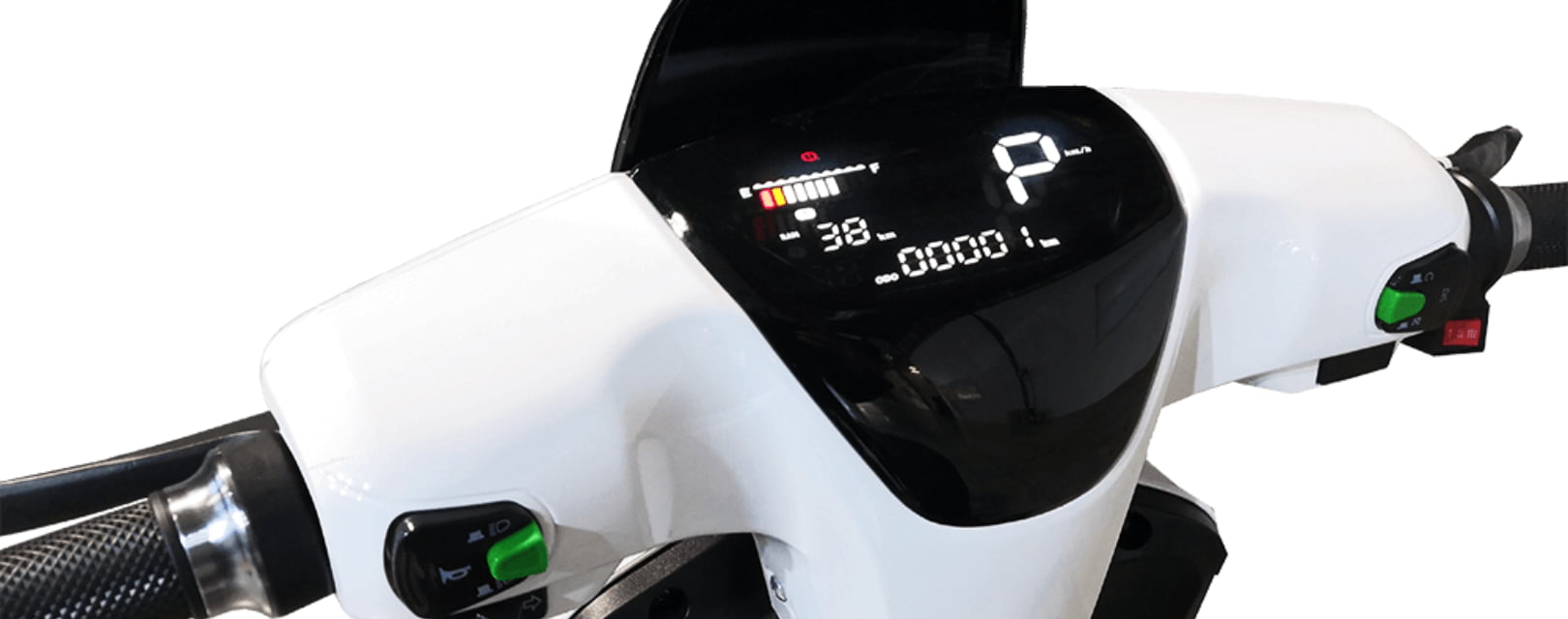
Maintenance and care of the vehicle
The key to many years of reliable operation of an electric scooter is regular maintenance. Performing periodic technical inspections is fundamental. This prevents the risk of missing major faults, which can be life-threatening to the users of the vehicle as well as the traffic as a whole. Owners of electric scooters should also check the condition of the tyres, lighting and brakes before every ride. Preventive measures such as avoiding riding in extreme weather conditions and parking the scooter in a dry place if possible or wearing a protective cover are also important.
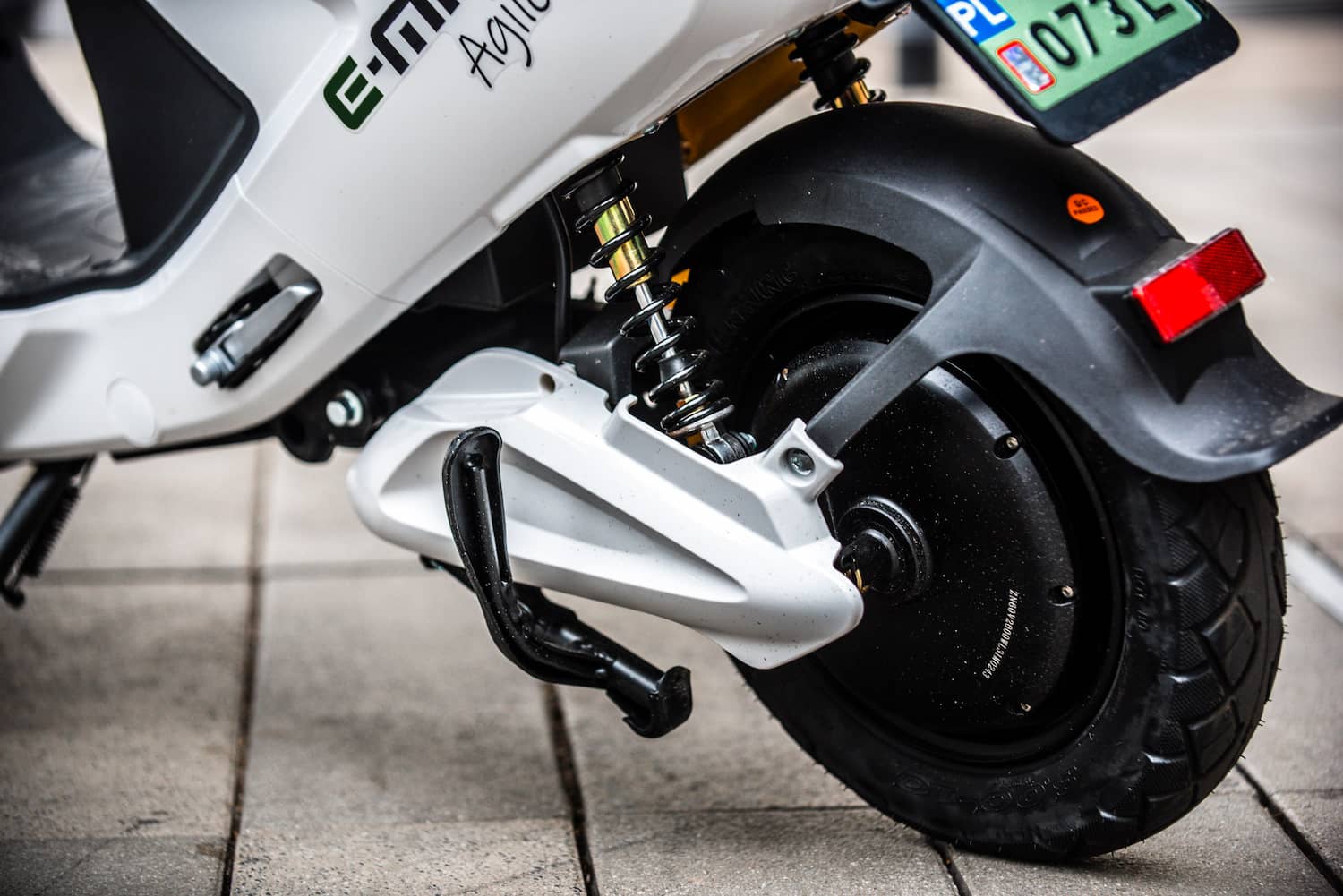
Electric scooters, which are gaining popularity, bring many benefits to end users. These vehicles are very inexpensive to use, allow you to avoid traffic jams and their compact size makes parking significantly easier. When choosing an electric scooter, it is important to keep in mind the safety issues and precautions mentioned in the article. This will ensure that you can fully enjoy your ride. Now you know how to start you electric scooter adventure!
Choose the electric scooter for you!
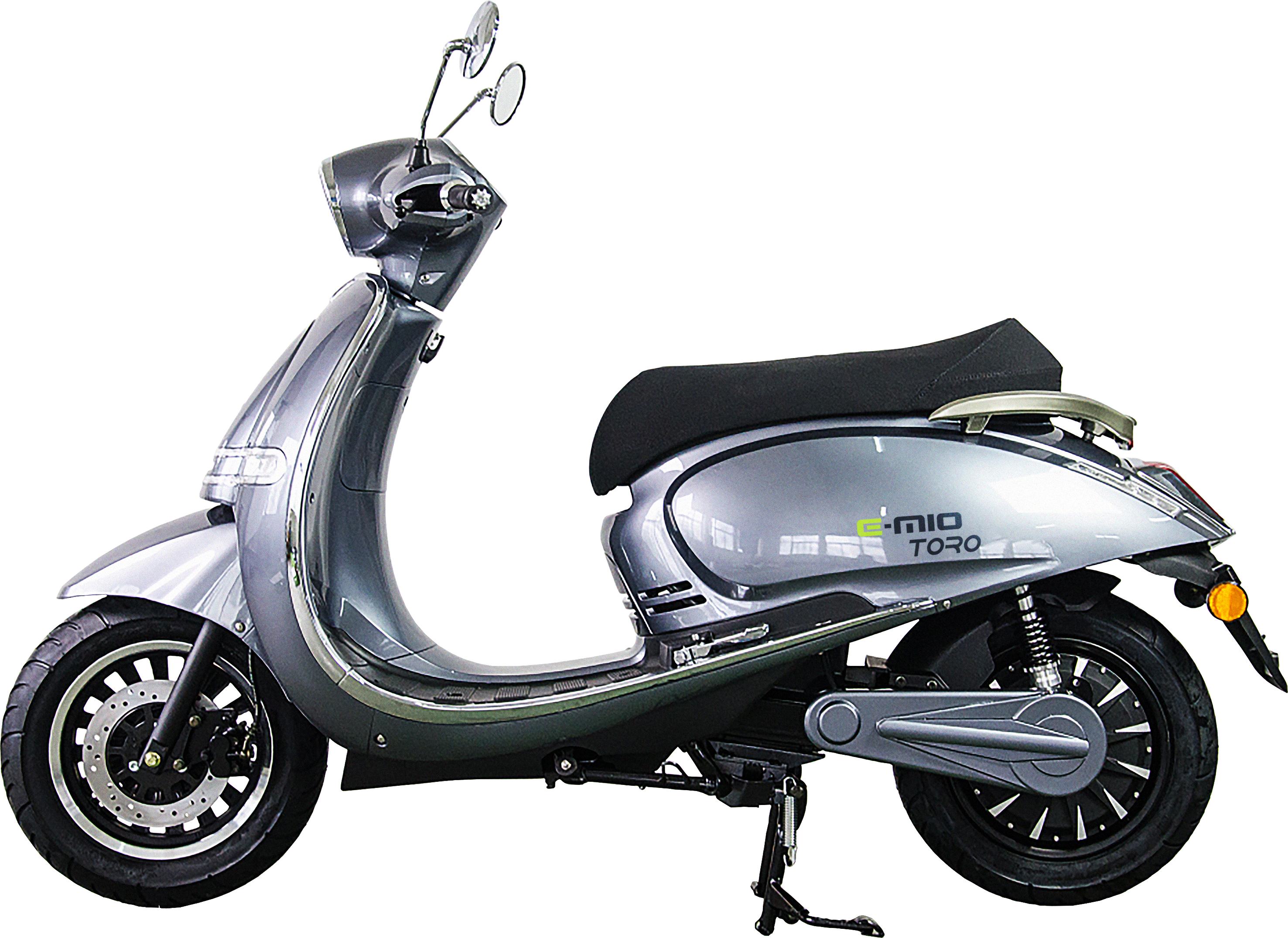
Emio Toro+ V
Emio Toro+ V
Dynamiczny skuter z silnikiem 5000 W, pojemną baterią litowo-jonową, prędkością maksymalną 90 km/h i zasięgiem do 60 km.